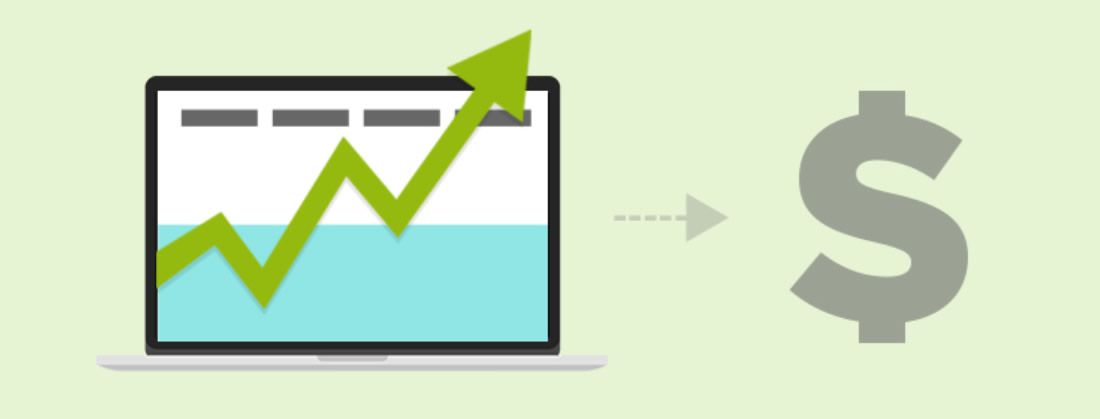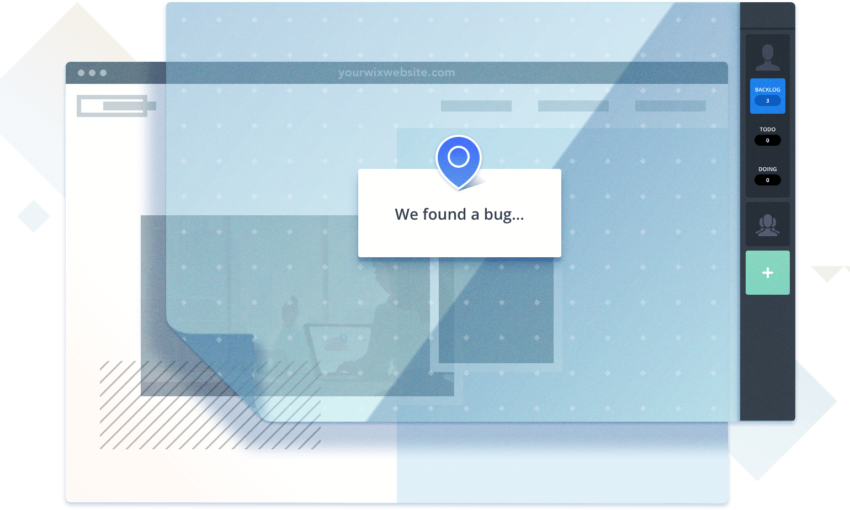How you set the price for your services will greatly affect how prospective clients will view your business. For those that are new to the business of freelancing, there’s always the temptation to set your prices lower in order to get more projects or interests.
When you do this, what you are doing is attracting bargain hunters that do not see the value of your work, and not clients for the long-term. When you set your rates low, you are sending a signal that you don’t care about how you value yourself or your business.
So how do you set a price for yourself? Just like motivation, pricing yourself involves two things – the internal and external.
The Freelance Designer Toolbox
Unlimited Downloads: 500,000+ Web Templates, Icon Sets, Themes & Design Assets
All starting at only $16.50 per month
Internal Pricing
Internal pricing is what you keep to yourself and do not reveal to clients. It involves how you include all the necessary factors or elements when calculating how much you should charge your clients.
This guideline is called the MAR or Minimum Acceptable Rate – the most acceptable lowest rate you are willing to work for.
Calculating the MAR includes your personal and business overheads divided by the number of hours you have to work on a project.

You also have to add taxes on top of that.
For example, your personal overhead (food, shelter, clothing, and other necessities in order for you to live) costs $30,000/year while your business overhead is $5,000/year. And then, let’s say you are willing to work for 6 hours per day on a certain project for 48 weeks, which is equal to 1,440 hours.
So add the two overheads, which is $35,000 and divide it by 1,440 hours, you get $24.31 – this becomes your Minimum Acceptable Rate. If you add the tax, say 20%, that would be around $29.70.
This calculation, of course, varies since each person has different considerations and variables. The bottom line, however, is you use it as a guideline and never go below your MAR, only higher.

External Pricing
External pricing is what you can discuss with your client. It is the price which corresponds to the value you bring to the project. It is the price which, when given to you, will make you work better.
With regards to external pricing, here are a few tips to keep in mind:
1. Keep Your Eye on the Competition
Be aware how much others charge their services in order to have an idea. However, others’ rates should not influence yours because it is most likely that some freelancers, especially new ones, are undercutting their own services.
It might be difficult to charge higher against most freelancers, but it will determine the sustainability of your career as a freelance designer.
2. Never Set Your Price by the Hour
When you go to job sites or job markets, a lot of projects are set by the hour. Although there is no problem with this, charging by the hour has its disadvantages.
For one, when you charge a client by the hour, they will always be conscious of the time. When you start to put in longer hours, your client might start to complain what’s taking you so long.
Sometimes, it will only take you minutes to do certain changes that will greatly impact the website. If this happens, you are undercharging the value you are bringing to the table.
Furthermore, charging hourly limits your creativity which, in turn, limits how much value you can give to the project. Therefore, it is much better to be upfront to a prospective client and tell him how much you charge along with the process involved in the project.
You can mention the steps and strategies you’ll do to help them reach the goals of the website. When a client sees the value you can bring, they won’t hesitate to agree to your rate. In fact, they might not even ask, and offer you a higher fee when they understand your value.
3. Charge According to Your Value
Value here does not just refer to your time, but also to the whole experience of working with you. Remember that you are not just giving your time, but also your expertise. This includes your services, how you made the project, and the outcome of the project.

4. Spend Time Talking with Your Client
Freelance web professionals often make a mistake of closing the deal quickly. What happens then is that in order to seal the deal, they will agree to every whim of the client in fear that they might walk away.
On the one hand, a client will ask you how much you will charge and how long will it take without discussing the details because the reality is, there are still a lot of clients that are looking for bargains. Therefore, it is wise to exercise precaution before diving into any new project.
How can you do this?
First, find out what your client really wants to achieve. Do they only want a website redesign? Do they want to introduce a new product or direct more traffic to their website?
You can also present various options instead of one. One is the basic package that includes what they want and the premium package which includes other things your client doesn’t know they need until you present it to them.
Lastly, make sure you set the payment terms as well as how the project will be completed, which includes upfront payment, milestones, and, of course, the deadline.
5. Always Set Your Price Based on Your Client’s Goals
Don’t just focus on the immediate result your client wants, but their overall goals. You are the expert and most of the time, clients don’t really know the real scope of what they need.
Learn to read between the lines and ask questions in order to know what they really want and need. You’ll be surprised how open they are in discussing the process with you. Clients that want shortcuts are those who will give you the biggest headache, so make sure you avoid them.
This post may contain affiliate links. See our disclosure about affiliate links here.




